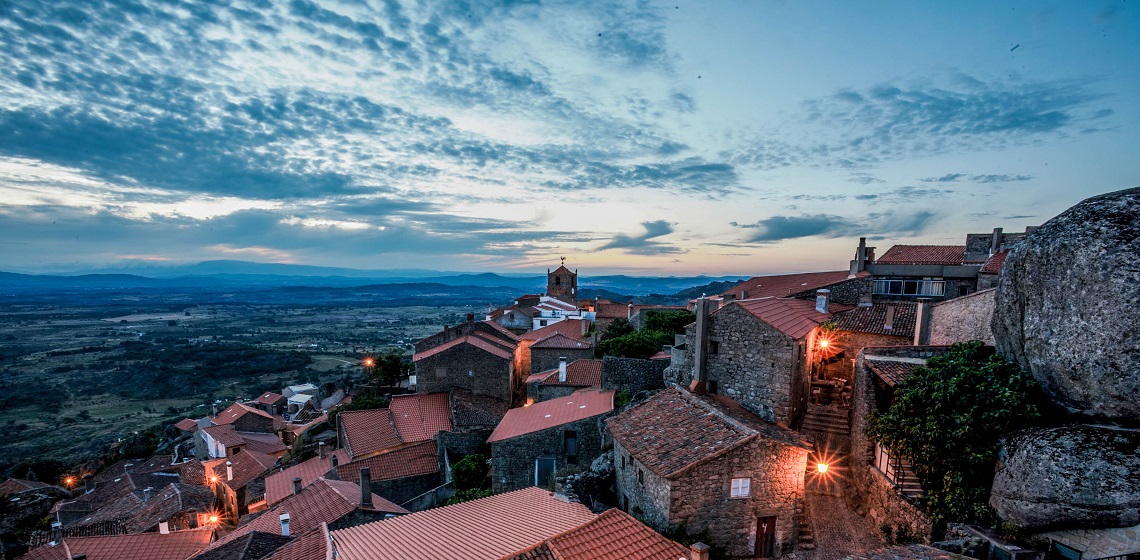Historical Villages: 12 Treasures to Discover in Portugal
Located in the countryside, these villages preserve a vast and very rich historical and patrimonial legacy. There are castles, forts and small houses that are a true dream.
Visiting theHistorical Villages of Portugal makes us relive a past punctuated by the passage of kings, or bloody clashes. Steeped in history, there is a kind of magic that can be felt when entering these charming territories spread throughout the interior of Portugal. Embark on this unmissable itinerary proposed by All About Portugal and let yourself be captivated by the cultural heritage and gastronomy of these villages.
Almeida

An aerial view makes it possible to perfectly identify a curious and well-defined twelve-pointed star surrounding its walls, which have withstood the passage of time. This county seat is close to Vilar Formoso and the Spanish border, and has an enigmatic Praça-Forte (stronghold), scene of many historic battles. After visiting the Fortress, take your time discovering its narrow streets, the typical houses and be sure to go to the old bunkers, which today house the Military-Historical Museum.
Belmonte
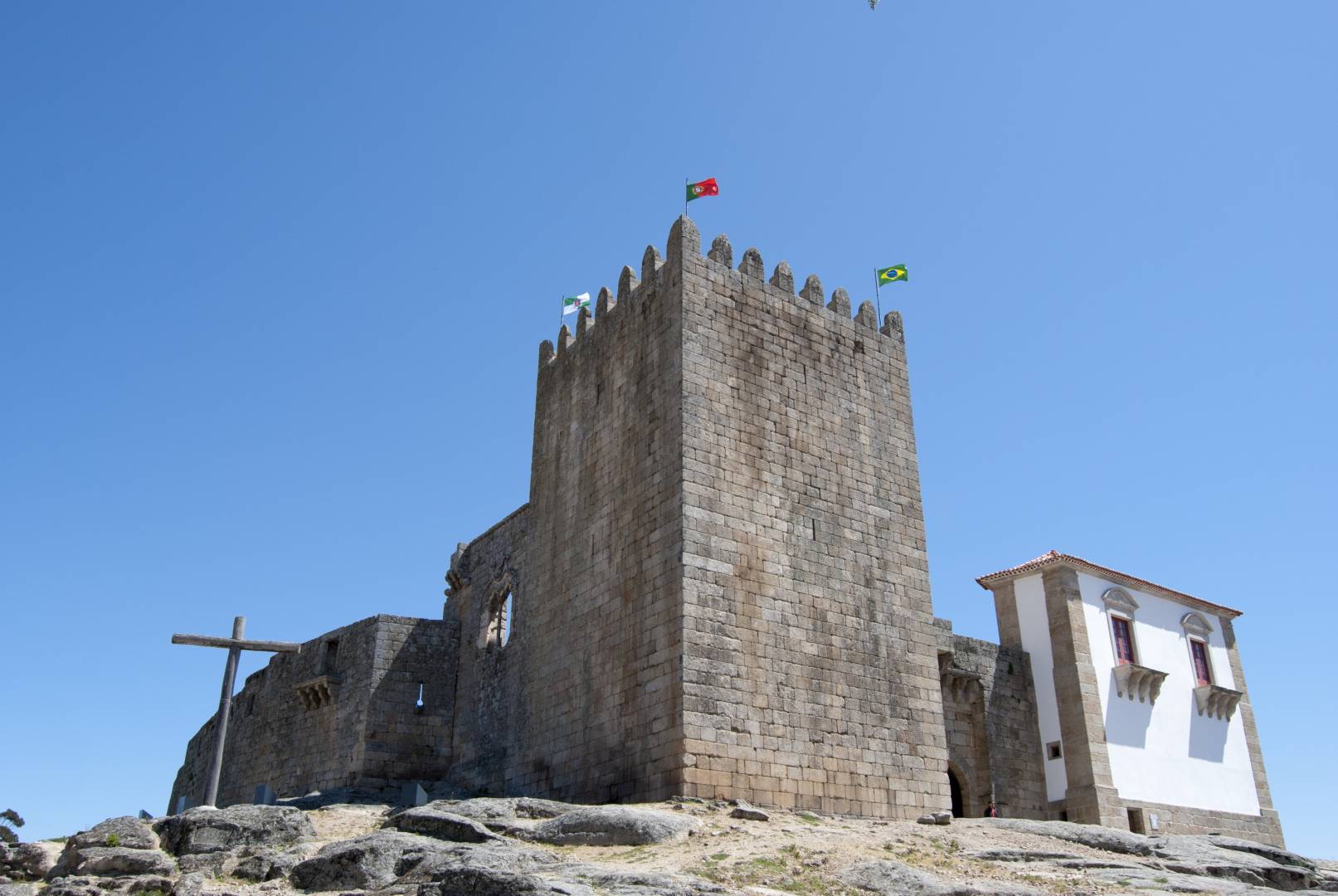
There are many reasons to visit this land, erected on top of a “beautiful” hill. As soon as we approach the entrance to the village, we come across its Castle, classified as a National Monument. Pedro Álvares Cabral, who discovered Brazil in 1500 and inspired the creation of an attractive Museum of Discoveries, was born here. It is home to one of the few Jewish communities that remain active in Portugal and its Jewish Museum is another popular spot.
Castelo Mendo, Almeida
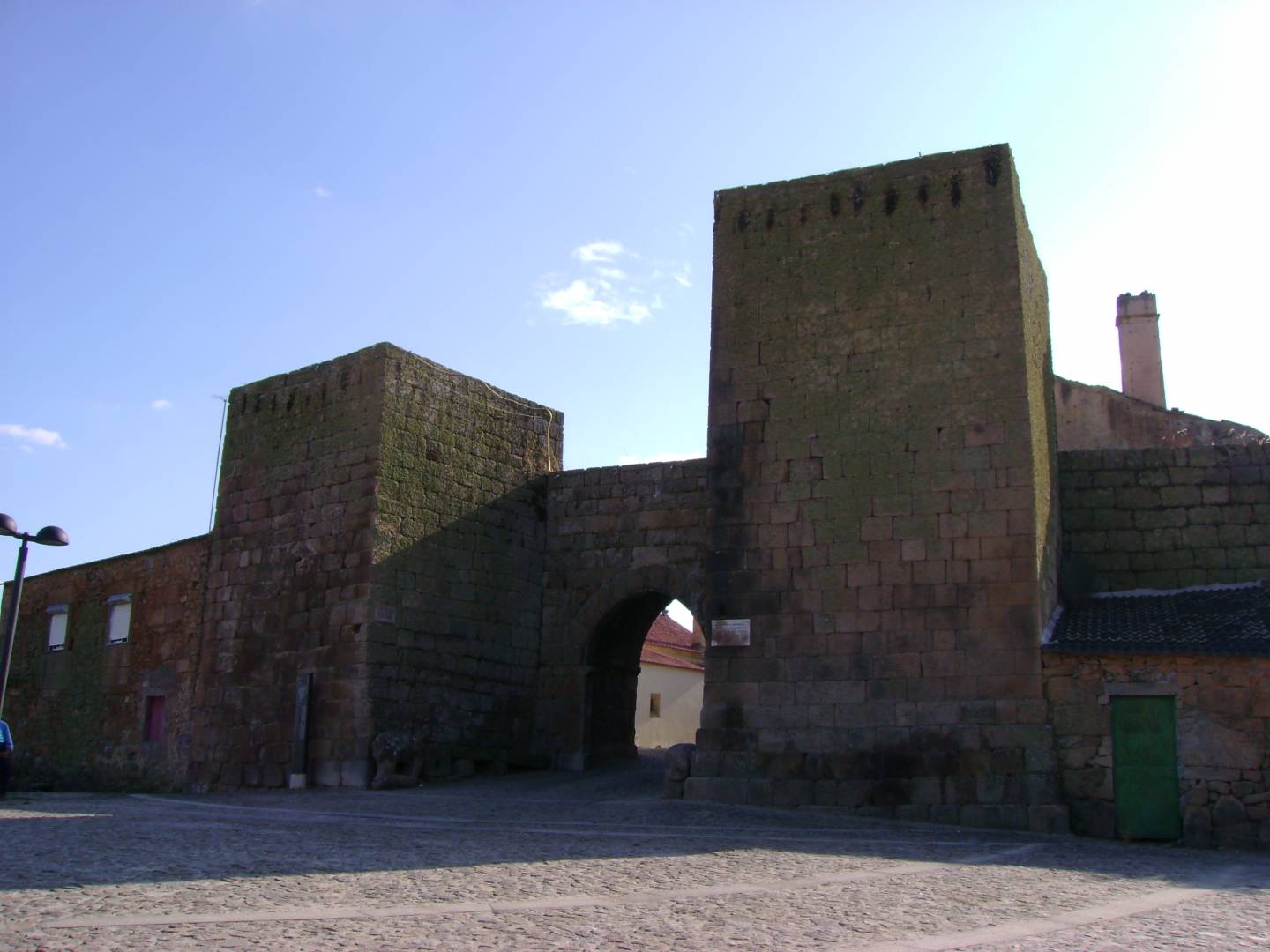
As soon as you arrive at this old county seat, of strong historical importance, you will want to wander through its alleys and discover the countless medieval marks. Located near Spain, the strategic position at an altitude of 800 meters made its Castle, in the Romanesque and Gothic style, an important defensive landmark in battles fought in that region. Enjoy the serene beauty of the ruins of the Church of Santa Maria do Castelo, in a village that brings together elements from different eras.
Castelo Novo, Fundão
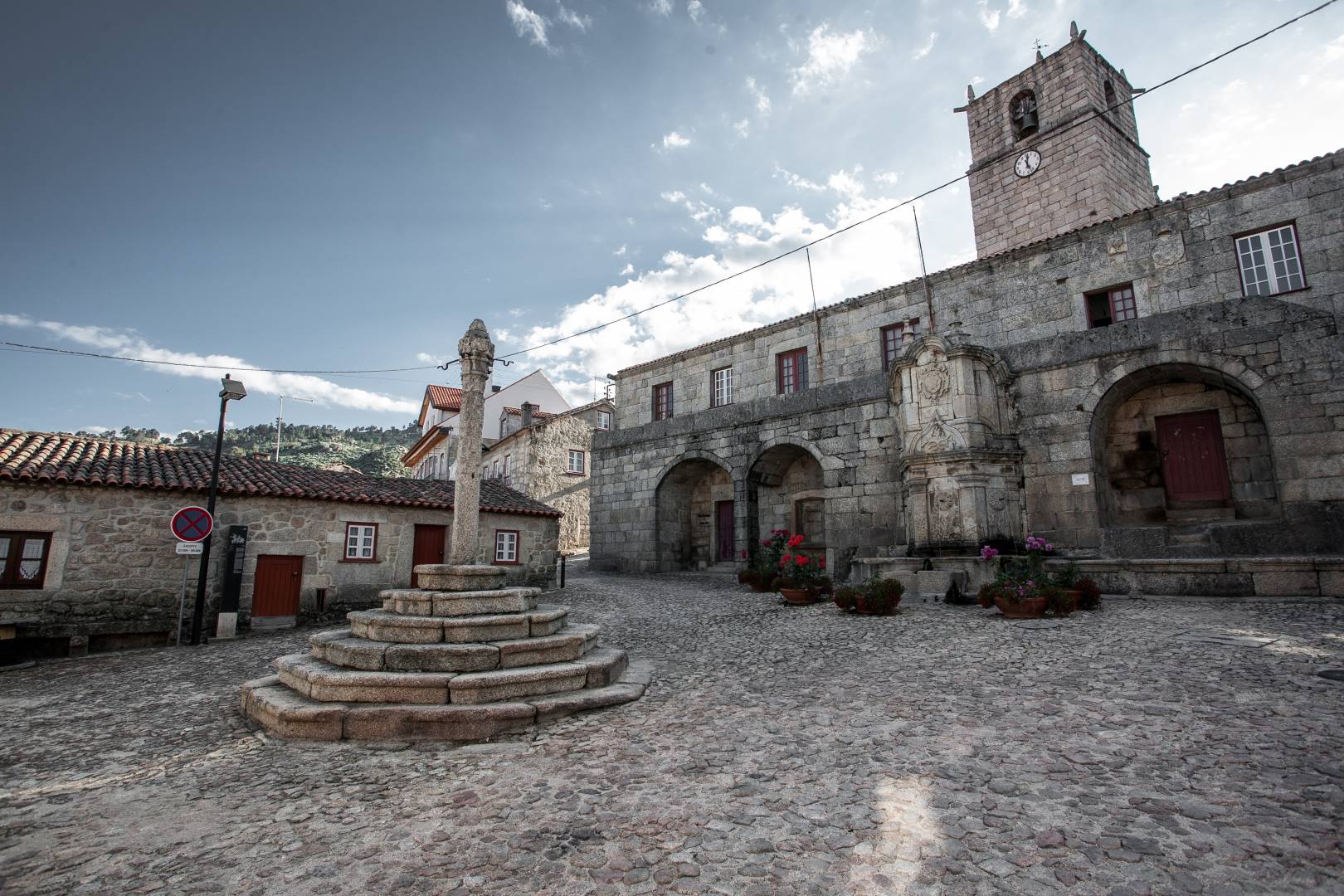
Built at an altitude of 650 meters over 800 years ago, the Castle is one of the essential points of this village that stands out in the landscape of Serra da Gardunha, close to the iconic Serra da Estrela. A land of vast historical and architectural heritage, this ancient village has in the old Paços do Concelho (Town Hall) and in the Stone Pillory, of the Manueline style, other sites of undeniable interest. Its streets of granite houses transport us to a distant past, and the surrounding landscape is beautiful.
Castelo Rodrigo, Figueira de Castelo Rodrigo
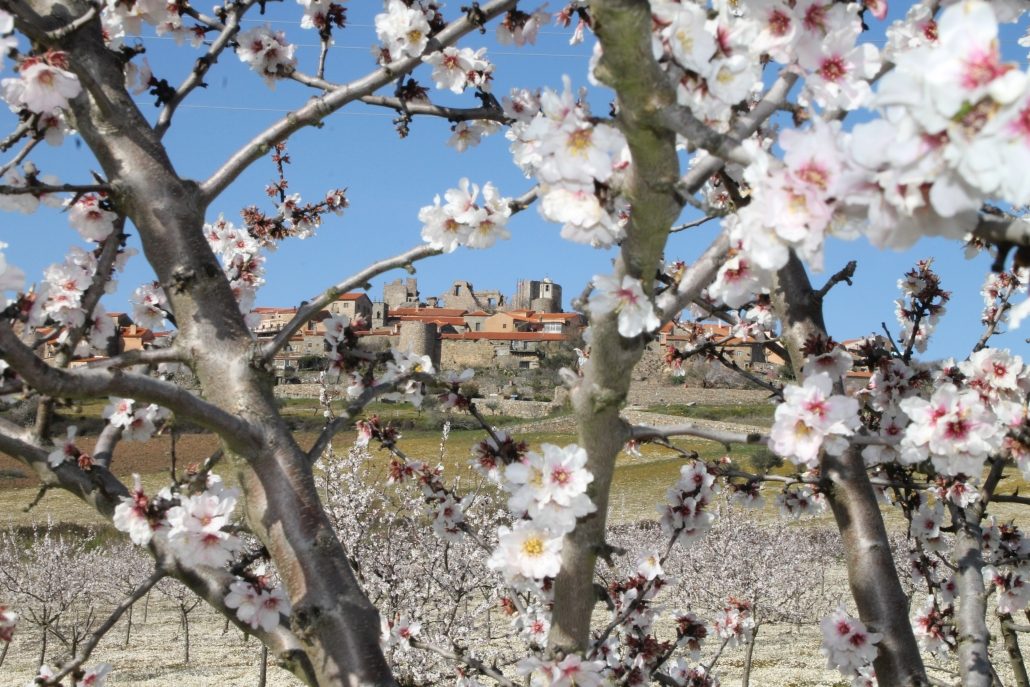
Charming is an adjective that fits perfectly in this village. The ruins of the beautiful Cristóvão de Moura Palace belong to a different era, of kings and queens, making it a veritable joy for both kids and grown-ups. Explore its well-maintained cobbled streets and discover medieval landmarks such as the Cistern or the Stone Pillory. After exploring one of the 7 Wonders of Portugal in the category of “Authentic Village”, enjoy the magnificent view of the Christ the King of Serra da Marofa.
Idanha-a-Velha, Idanha-a-Nova
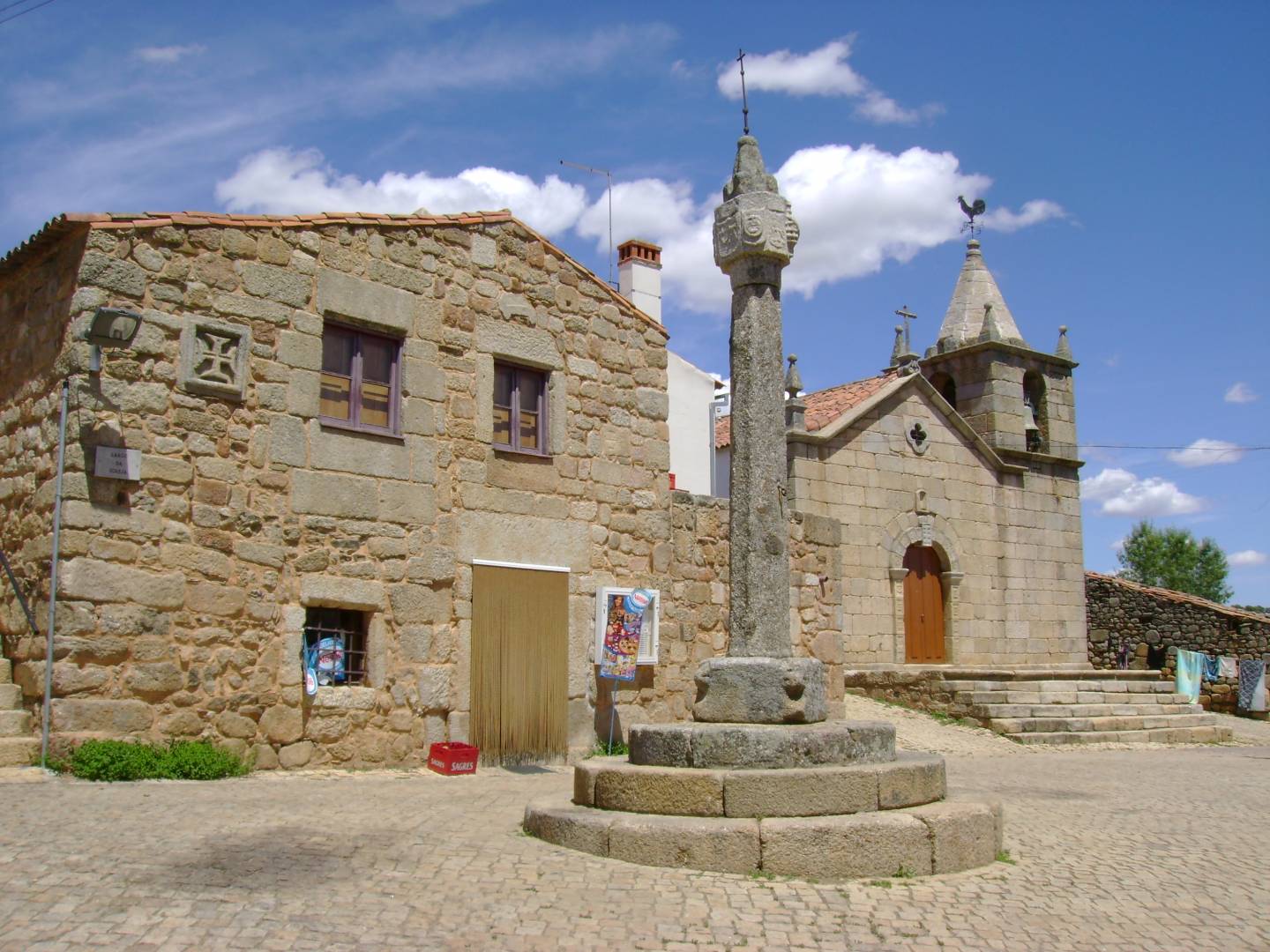
This village has an important historical and architectural legacy, having been founded by the Romans in the 1st century BC, but many other peoples passed through here. One of its most enigmatic monuments is the Cathedral, which was built by the Templars in the 13th century, over the ruins of an ancient Islamic place of worship. The Keep, the Porta Nova (New Gate), the Walls and the Roman Bridge also deserve a closer look.
Linhares da Beira, Celorico da Beira
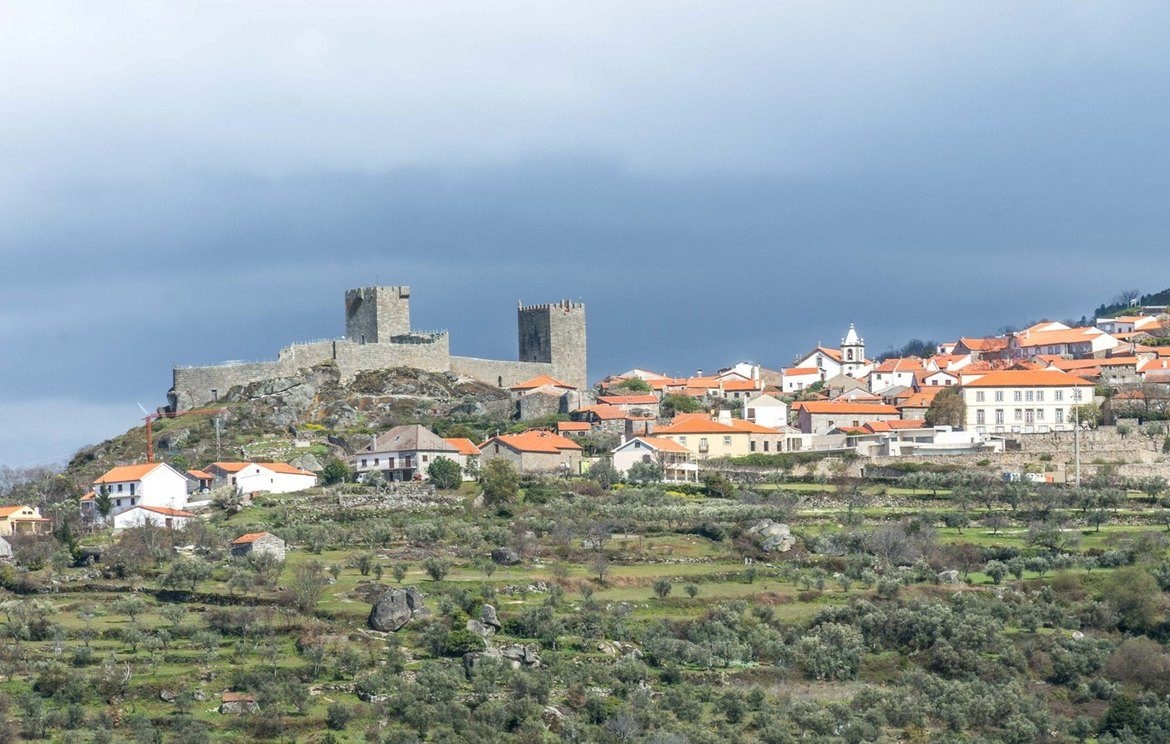
The well-kept Castle is one of the crown jewels of this village, which is located in a spot overlooking the municipality of Celorico da Beira, well known for the Serra da Estrela Cheese. Explore its cobbled streets, steeped in history. On your journey through alleys and narrow roads you will find other points of interest, such as the old Casa da Câmara (Municipal House) or the fifteenth century Stone Pillory. The village is also recognized for the excellent conditions it provides for the practice of paragliding.
Marialva, Mêda
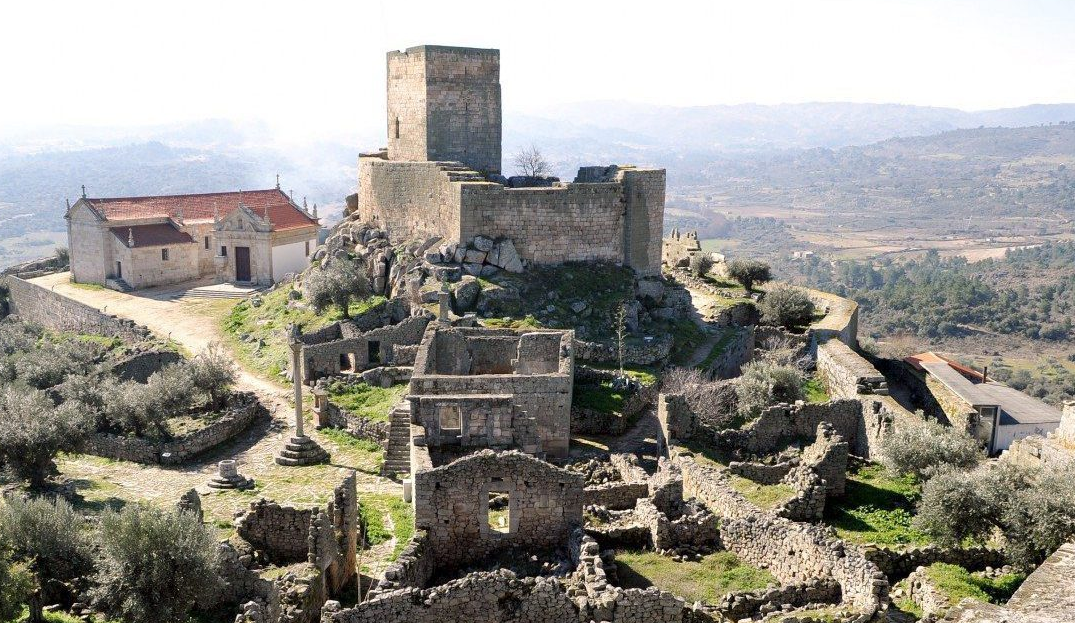
Its privileged location at a high point was one of the reasons that led to the construction of the Castle, the citadel and the walls that still persist today. People like the Áravos (Aravi), the Romans or the Arabs inhabited the area, each of them leaving its particular mark. Inside the walls, properly appreciate the uniqueness of the ruins and treasures such as the Square, the Stone Pillory, the Keep or the Church of Santiago, with its splendid hand-painted ceiling.
Monsanto, Idanha-a-Nova
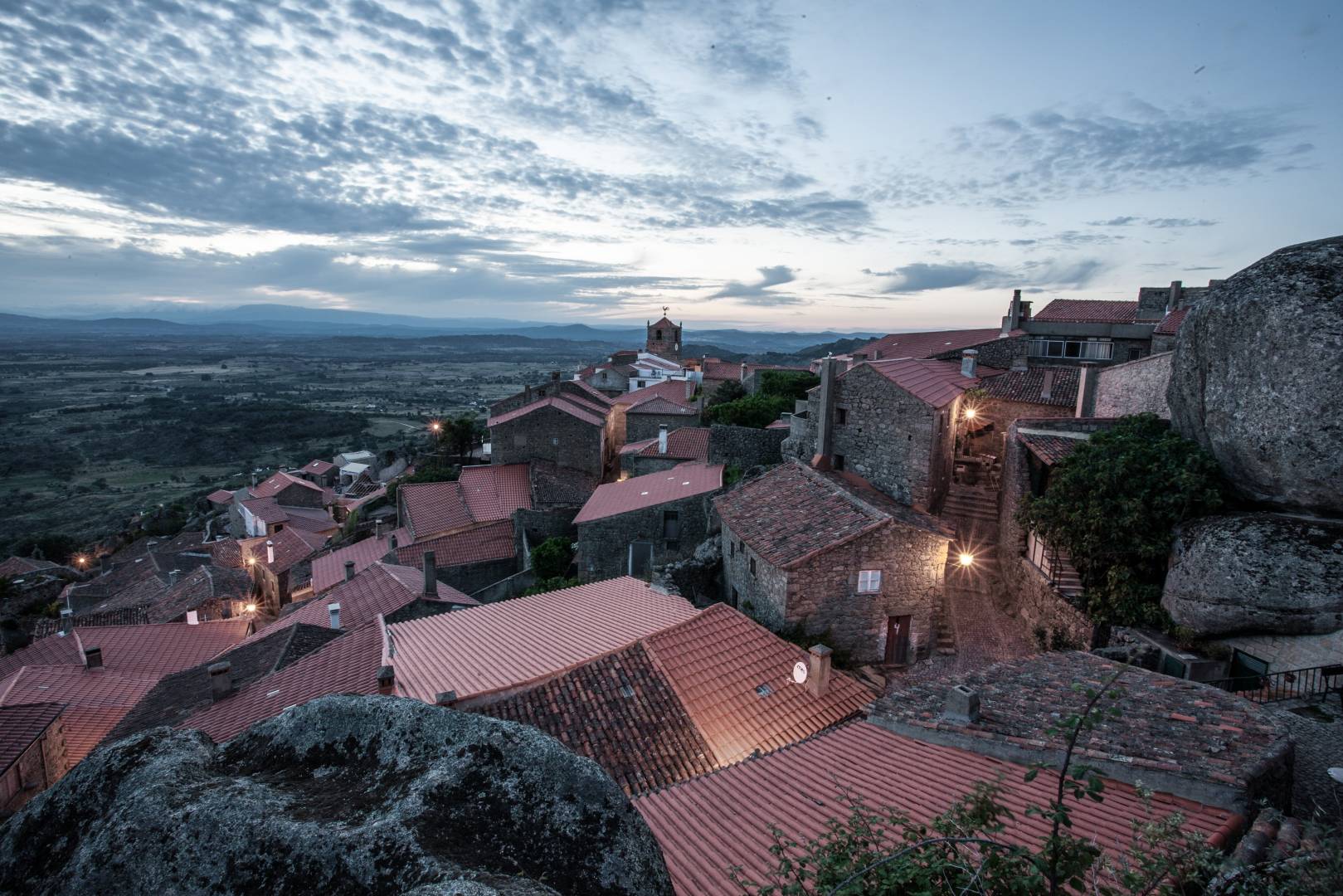
Also close to the border with Spain, we find that which has been dubbed the “Most Portuguese Village in Portugal” since 1938, when it won a contest launched for that purpose. Stroll through its genuine streets of granite houses, discover its Castle, buy a marafona (traditional rag doll) from local artisans, and discover why some visitors fall in love with this village at first sight. Enjoy the wonderful panoramic view that its highest point offers.
Piódão, Arganil
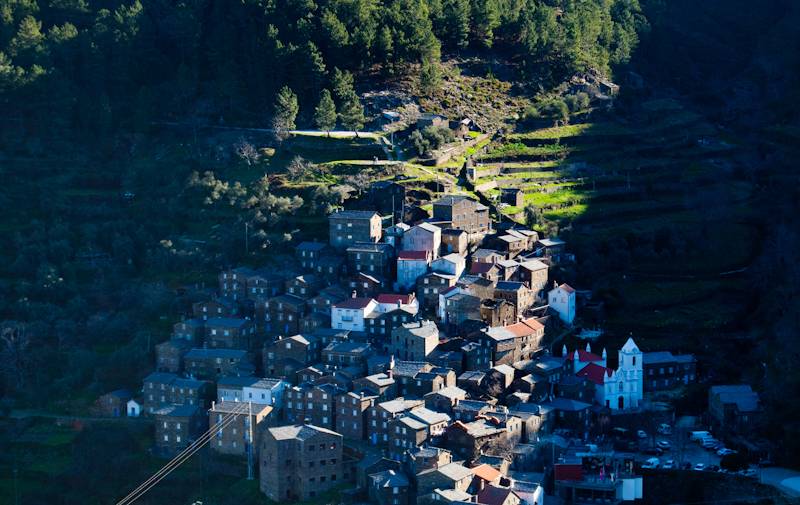
It stands out for its schist houses spread over a hillside in the Serra do Açor. The North American website Huffington Post called it the "Flintstones’ Village" and it was elected one of the 7 wonders of Portugal, in the category of Villages. The Main Church of white colour and blue details intrudes between the schist houses of this charming land, creating a superb ambience. If you can, stay until night and let yourself be amazed by the idyllic setting of the lit houses.
Sortelha, Sabugal

The “Cabeça da Velha” (Old Woman’s Head) and the “Pedras do Beijo Eterno” (Stones of the Eternal Kiss) are two rock formations that complement the vast patrimonial wealth of this magical land. Despite the kilometres of curved roads to get there, you will be amply rewarded by the scenery you will encounter. Visit the Castle, the Walls and the stone houses, spread over its typical alleys. Take the opportunity to take lots of photos, and be sure to return to this authentic medieval treasure.
Trancoso
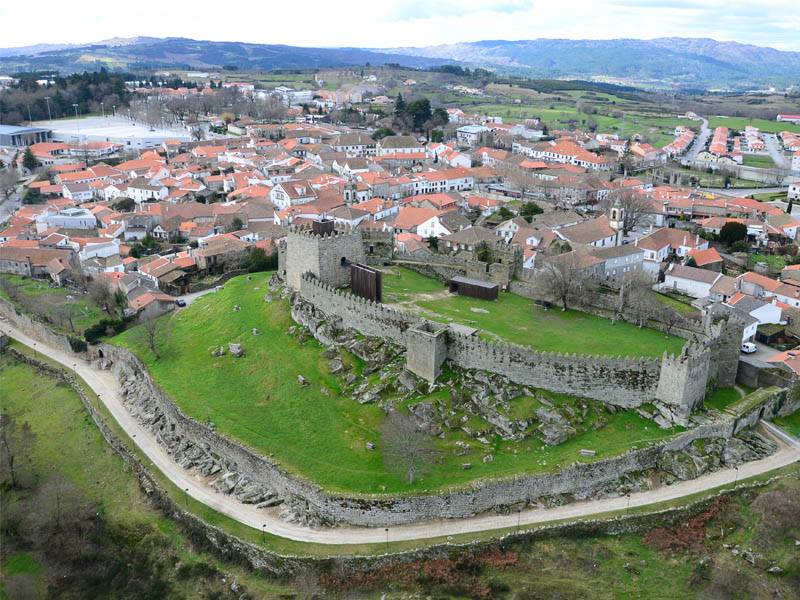
Entering its historic area, in which the proud Medieval Castle and the well-preserved Walls stand out, transports us to a distant past. Cross the robust Portas d’El Rei and enjoy the ancient Jewish quarter or the churches of São Pedro and of Misericórdia. A land of strong commercial traditions, it hosts several thematic fairs annually, highlighting the centennial Feira de São Bartolomeu. Be sure to taste the delicious sweet sardines, made with chocolate icing and egg filling, before leaving.
Recommended
